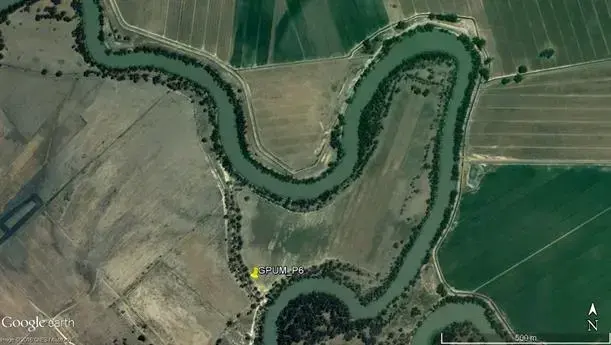‘FFL Winlaton‘
A REGENERATIVE AGRICULTURE CASE STUDY
FFL (Future Farming Landscapes) at Winlaton is an investment model – the brainchild of Kilter Rural founders. It involved turning agriculture into a mainstream investment for institutions and professional investors. The company, Kilter Rural, is succeeding where many have failed.
Winlaton, Victoria
FARM FACTS
ENTERPRISE: Merino ewes; ecological estate; irrigated cotton; tomatoes; lucerne; lamb; Queen Garnet plumb;
PROPERTY SIZE: 8,900 hectares
AVERAGE ANNUAL RAINFALL: 310 mm
ELEVATION: 70 m
MOTIVATION FOR CHANGE: Recognition of the intrinsic agricultural potential of the floodplain soils and under capitalised farms, plus valuable water entitlements
INNOVATIONS
- Ecological estate’ has been progressively fenced, protected and restored;
- Rotational grazing on the native forage for a flock of 3,000 merino ewes;
- Heavy infusion with composts and organic matter
KEY RESULTS
Returns in excess of 8% on capital invested per year, through blending three income sources – agricultural produce, interacting with the water market and through available eco-market
Introduction
In the early 2000s, Kilter Rural had convinced VicSuper to commit more than $200 million into a “greenfields” farm investment. From 2007 onwards it selected 35 farms and had completed the bulk of these acquisitions by 2012. The vendors were tired of decades of dwindling production, falling milk prices and the Millennium Drought.
The Kilter Rural founders were trained in natural resource management (NRM) with a passion for the environment. Lake Boga is located near five RAMSAR Wetlands – the Barmah Forest, the Kerang Wetlands, the Gunbower Forest, the Hattah-Kulkyne Lakes and, just across the border, the NSW Central Murray State Forests. In essence it is an ecological hotspot of international significance, making it ideal as a focus for environmental regeneration.
Decades of leaky flood irrigation had adversely affected the landscape’s ecological function. There was a need to make the best land productive, while, at the same time, attending to soil and biodiversity imperatives to ensure a sustained commercial enterprise.
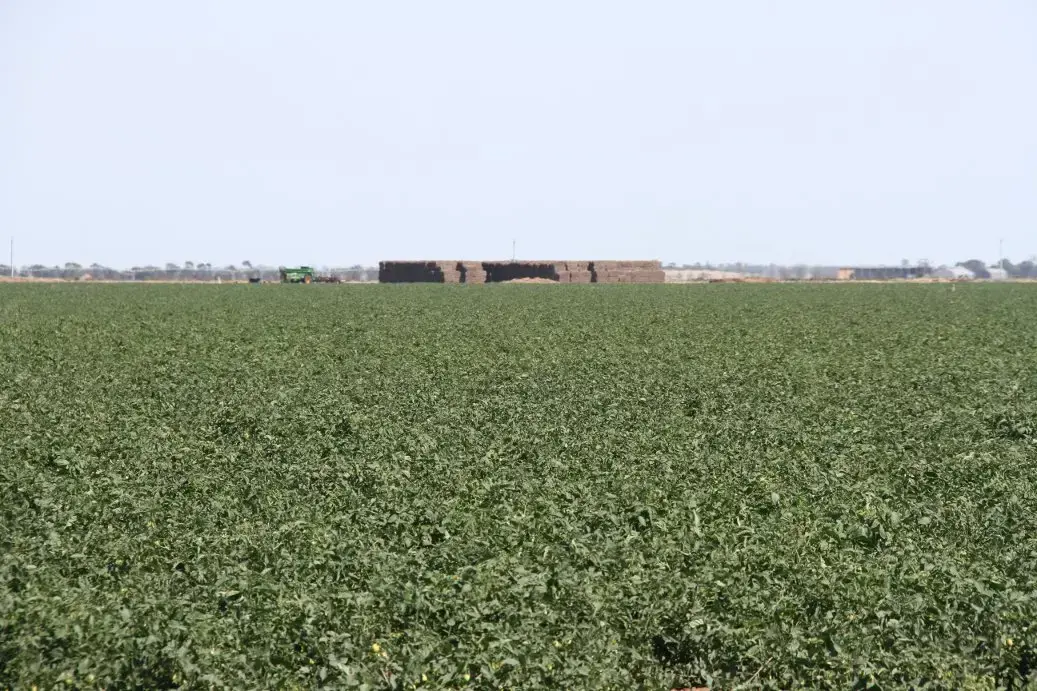
The least promising land – with poor, long-depleted soils – was to become habitat for vulnerable wildlife with the regrowth of chenopod (saltbush and bluebush) and woodland communities.
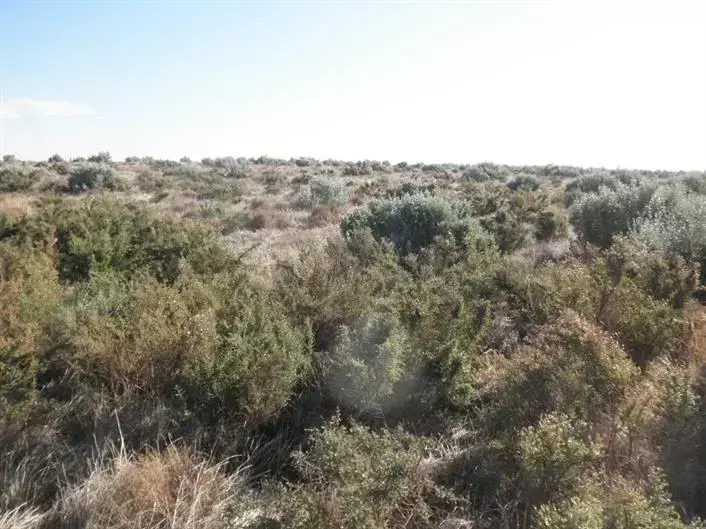
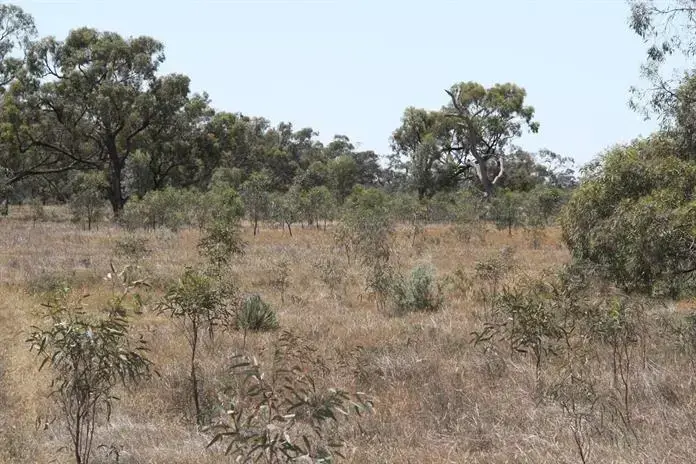
This ‘ecological estate’ has been progressively fenced, protected and restored, and there are around 4000 hectares of native vegetation
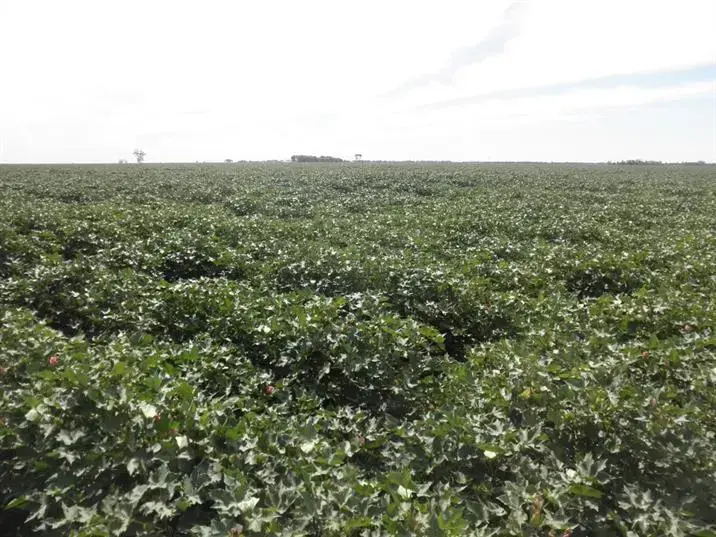
The most arable land has been heavily infused with composts and organic matter. Sub-surface watering, centre pivots and levelled paddocks for gravity irrigation have been installed on the most productive areas – currently 3,150 hectares. Another 1,000 hectares are being readied for future irrigation.
Background
THE FFL WINLATON STORY
“Nothing we do in that landscape, we do for free; key soil assets have to make money or contribute to creating long-term value,” CEO Cullen Gunn told the SFL team. He believes there is a great deal of irrigation land in the Murray-Darling Basin which is underutilised or undercapitalised, and could be dealt with in a much more sustainable way. “We are about delivering profit, with impact, that’s what we have been doing for 10 years”. Cullen adds “We have a genuine drive to protect and restore Australian landscapes by marrying production, ecological and social outputs.”
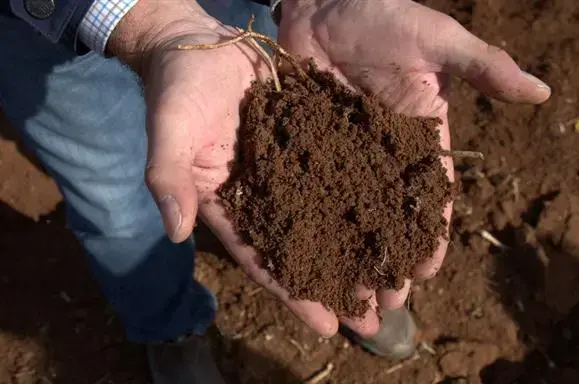
Ecological health
ECOLOGICAL HEALTH

The FFL Winlaton property development model was based on renewal of an area of agricultural and social decline by investing expertise, time and capital to restore the land’s agricultural productivity, in part by activating local social capital. While agricultural productivity was a key focus, there was a realisation that this could only be sustainable if supported by improvements in the ecological health of the degraded land holdings.
Economic Health & Productivity
ECONOMIC HEALTH & PRODUCTIVITY
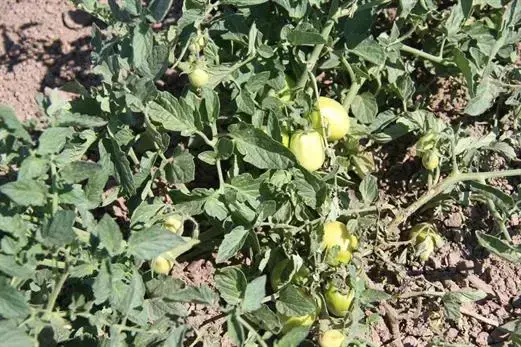 Kilter Rural’s returns in excess of 8% on capital invested a year is achieved by returns generated from the blending of multiple business units – agricultural produce, irrigation water services and environmental markets (to the extent that they are available), and the operational returns generated as capital appreciation of the land.
Kilter Rural’s returns in excess of 8% on capital invested a year is achieved by returns generated from the blending of multiple business units – agricultural produce, irrigation water services and environmental markets (to the extent that they are available), and the operational returns generated as capital appreciation of the land.
Health + Wellbeing
HEALTH AND WELLBEING
Kilter Rural has an inclusive leadership and management style, which has led to a positive team based culture.
